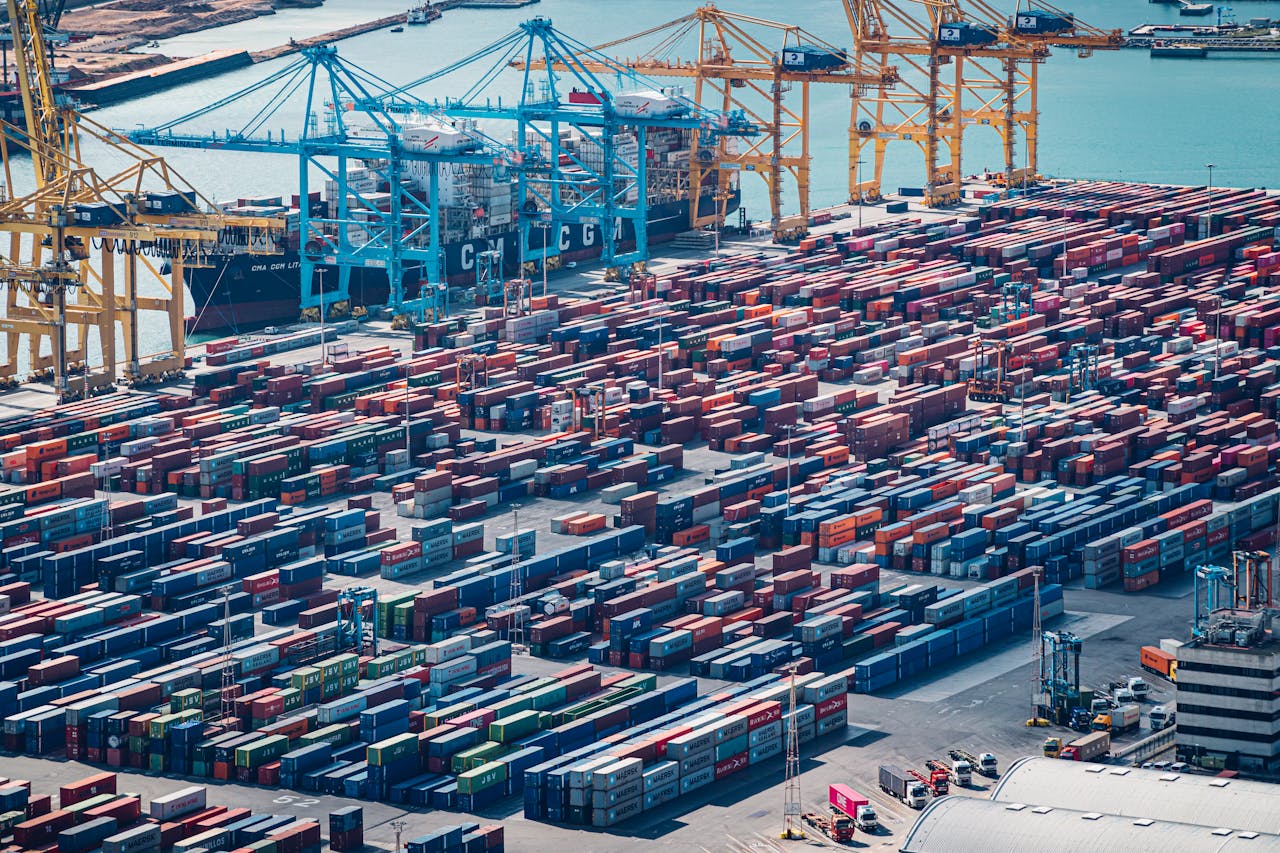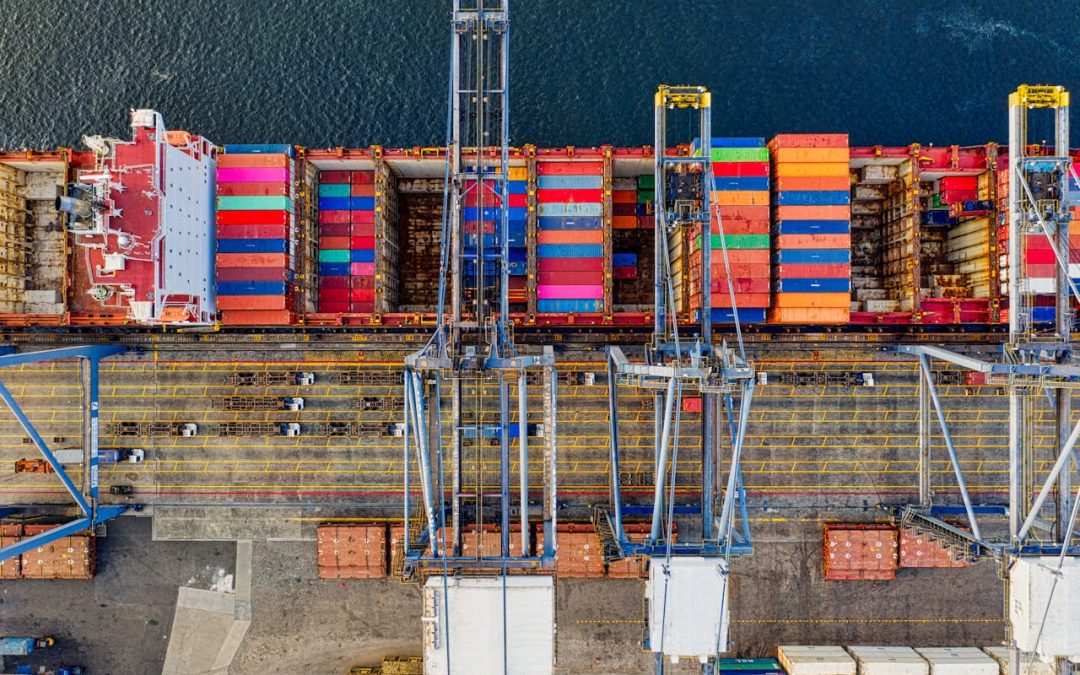One cost that can impact your international shipping costs is tariffs. While not a direct cost to the supplier or their logistics, increased tariffs put in place by the governments of your destination country will increase the end cost of your goods for your customers and may need to be taken into account when planning your international trade and global logistics.
We break down the truth behind tariffs, so you have the understanding you need to plan accordingly.
What is a Tariff, and Why Do They Exist?
Tariffs are a tax imposed on imported goods by a government. They serve a dual purpose, both acting as revenue for that government and to balance the level of imported product with that created domestically.
Tariffs are taxes paid by importing businesses on their decision to source products from outside their country. For example, if a business manufacturing machinery in country A imports steel from country B, they must pay a tariff on that steel. This raises the effective cost of the steel, prompting them to consider domestically sourced alternatives.
When combined with the cost of shipping, tariffs can provide enough incentive to move the manufacturer to use domestic products over imported products. Consider an example of a manufacturer sourcing 100 tons of steel. Bought domestically, this could cost approximately £800 per ton, even considering domestic transport costs. If an international partner offered steel at £650 per ton, the manufacturer might want to consider using that steel as a replacement. Even adding shipping costs of £100 per ton, there’s still a saving to be made. Paying £800 per ton for domestic vs. £750 international makes the 100 tons of imported steel £5,000 cheaper.
This is where tariffs come into play. By adding a 10% tariff to the internationally sourced steel, the cost of the imported steel rises to £825 per ton (£750 + 10%), making it £25 more expensive than the domestic option and costing the manufacturer an extra £2,500 for their 100 tons.
On a pure cost-evaluation basis, it is clear that the manufacturer should buy the imported steel when there are no tariffs, and the domestic steel when the 10% tariff is in place. However, other factors, such as supply availability, reliability, and – importantly – product quality, often mean that importing goods remains the best option, despite the additional cost of tariffs.

Who Pays the Tariffs?
All tariffs are paid by the importing business. In the example above, it can be clearly seen that the steel tariff would be paid by the manufacturer wanting the steel. This means that they must pay their supplier for the goods, while their customs authority will impose an additional tariff tax to be collected before the shipment is released.
However, ultimately business costs must be passed on to the end customer. In the case of the steel-using manufacturer, the full cost of the steel, including all tariffs, will be used to determine the cost of making their product and will be reflected in the final sale price. In effect, the tariff is passed on to the customer as the end product’s price rises accordingly.
A common misconception is that a tariff imposed by a government on goods from other countries is paid by the exporting country. This is not the case. The tariff is designed to discourage domestic businesses from importing goods from that country by increasing the costs involved; it is never a cost paid directly by the exporter.
Are Tariffs Specific and Individual?
Tariffs are a complex list of additional taxes that are leveraged on goods, with specific tariffs for each type of goods and the country of origin. This means that importers working with multiple different products from a range of exporters have to deal with extensive tariff calculations. For example, the tariff applied to steel (as in the example above) differs from that on wine or textiles. Also, the tariff applied to steel from country A is different to that for steel from country B or C. Each country of origin and type of good needs to be matched to the correct tariff, and that tax must be paid to the importer’s government.
Some countries have Free Trade Agreements (FTAs), that either reduce or eliminate tariffs for specific products. For example, under the UK-EU Trade and Cooperation Agreement, many goods can be traded tariff-free between the UK and EU.
Geopolitical events, such as Brexit and recent US tariff changes, can make dealing with tariffs complicated and require specialised expertise to minimise costs.
Are Tariffs Charged on Shipping?
Shipping costs are not directly taxed but the system of calculating tariffs often includes the shipping expenses. Internationally, there are two main systems: CIF (Cost, Insurance, and Freight) and FOB (Free on Board). CIF-based countries calculate tariffs based on the entire CIF calculation that includes the cost of the cargo, the insurance, and the shipping costs, while FOB-based countries limit the tariff to the goods themselves.
While shipping costs are not directly taxed, the CIF calculation means they increase the overall tariff in those countries.
The UK, EU, and China are examples of countries that apply CIF for tariff calculation, while the US is a major partner that uses FOB-based tariffs.

How Millennium Cargo Can Help with Tariffs
At Millennium Cargo, our expert team has the experience and know-how you need to be as cost-effective as possible when exporting to other countries. We can help you calculate the tariffs your customers will be charged and work with you to minimise any additional costs through efficient shipping.
By utilising the latest administration software, enhanced by AI systems, we ensure you present your documentation for efficient tariff calculation, minimising the time spent on paperwork by both you and your partners.
Smooth the process of tariffs and taxation between you and your international customers by partnering with Millennium Cargo. Contact us today.

